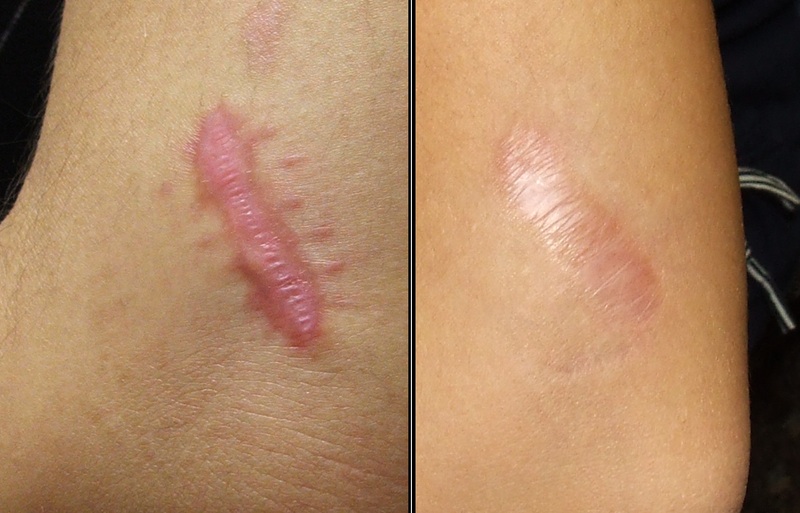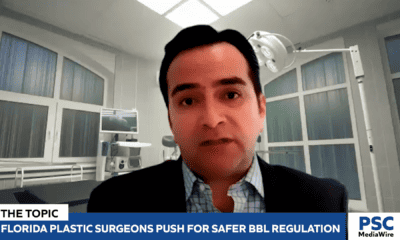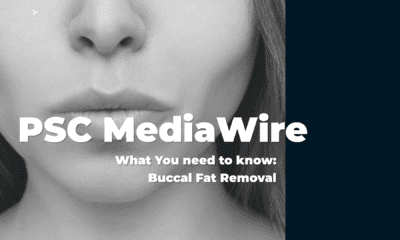
Discover five ways to prevent and heal scars following a plastic surgery procedure. Scars can be a big issue for some patients who find their scar is not healing well after surgery. Poor healing scars can be due to genetics or improper wound care. According to plastic surgeons with ThePlasticSugeryChannel.com, patients can see a visible difference in their scars’ appearance by following a few simple tips.
By Carolynn Grimes
ThePlasticSurgeryChannel.com
Dr. Robert Grant, a board certified plastic surgeon from New York says, “Everyone has a different healing time because of skin type, genetics and overall health.” According to Grant, “Surgeons should take an individual approach with each patient.”
Dr. Lee Thornton agrees and says, educating patients on the steps outlined below and following your doctors instructions to the letter may be the most important thing you can do to prevent scarring.
Five Steps to Better Looking Scars
Step one – minimize tension on the scar and keep pressure over the scar with surgical dressings. Stress on your incision by lifting or bending can put tension on the incision. The stress can pull the scar apart and delay your healing time, sometimes making the scar wider.
Step two – keep your scar clean to prevent infection. It’s important to identify the signs of infection early and visit your doctor immediately. Signs of infection may include, redness surrounding the scar, swelling or inflammation, drainage, or fever.
Step three – make sure your scar stays out of the sun. Minimal exposure to sunlight is extremely important. Sunscreen is an important ingredient to add for those scars on the face and body that may be exposed to the sun.
Step four – this is where the patient can make the biggest difference. Keep the scar hydrated with topical silicone gel or silicone sheets. Silicone has a proven scientific benefits for healing scars.
Step five – monitor your scar closely. You may need a steroid cream or a steroid injection to cut down on inflammation to prevent widening of the scar or a raised red scar.
New Scar Creams Make it Easier for the Patient

Dr. John Gross, a board certified plastic surgeon in California says patients with a history of poor healing that typically get keloid or hypertrophic scars may need to get steroid injections. However, Gross points out, the first line of treatment is to use a silicone gel or silicone with a steroid cream included in the gel. He says, if that doesn’t do the trick to reduce inflammation and redness, then a steroid injection may be needed.
Surgeons agree, by taking these five steps and following your doctors orders, patients can expect a much better outcome for their scars.














Facebook
Twitter
Instagram
YouTube
RSS